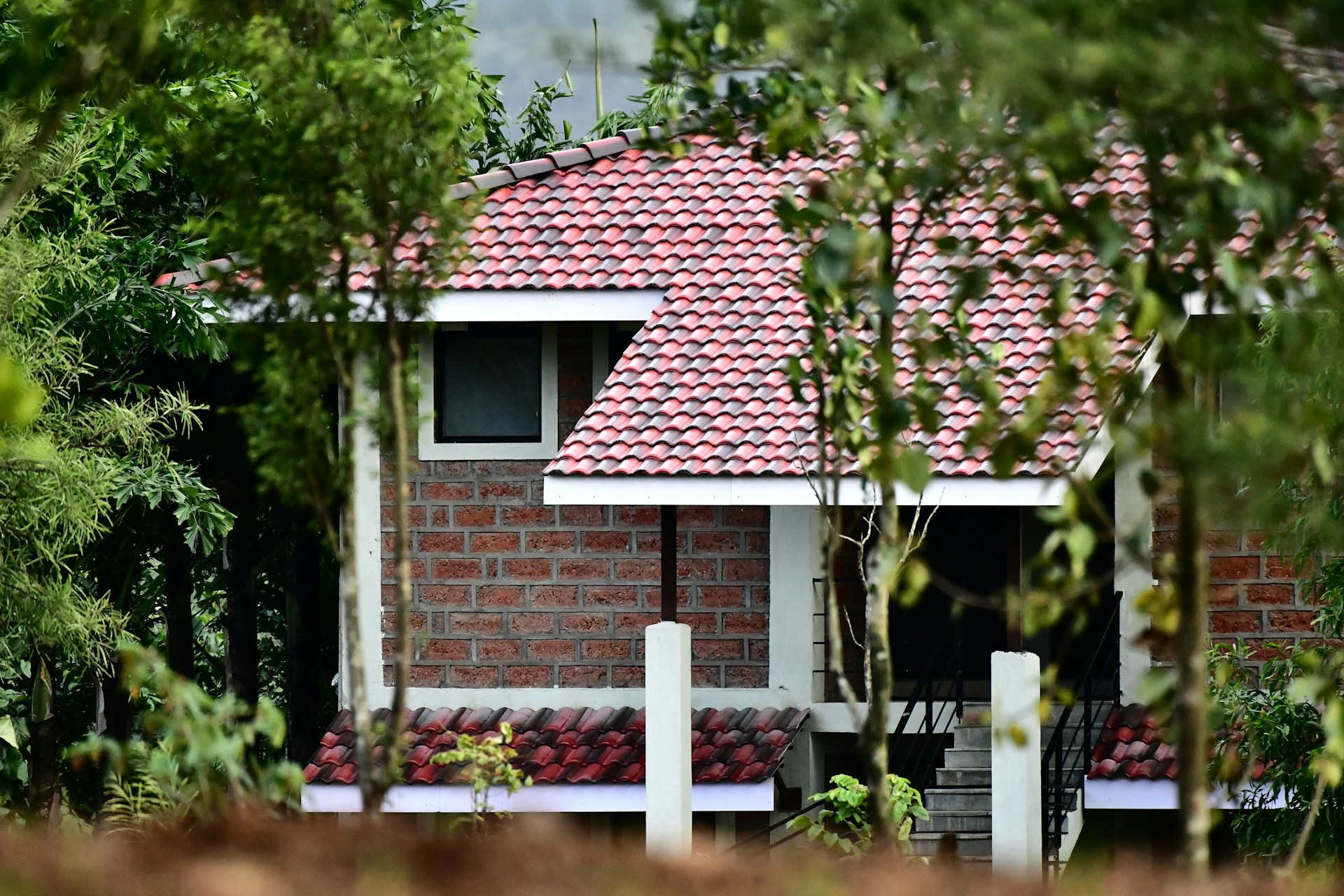
Photo by Rohan Solankurkar on Unsplash
As more people become aware of the impact of climate change, homeowners are looking for ways to make their homes more eco-friendly. One of the most effective ways to do this is by choosing a green roofing option. Not only can a green roof make your home more energy-efficient, but it can also reduce your carbon footprint and add to the overall look of your home. This article will walk you through the different green roofing options available, helping you decide which one is the best fit for your sustainable home.
Understanding Green Roofing
Green roofing refers to any type of roof that helps promote environmental sustainability. This could mean using materials that lower energy consumption, reflect sunlight, or even support plant life. The main idea behind green roofing is to reduce the carbon footprint of your home and improve its energy efficiency. There are many different types of green roofs, each offering its own set of benefits, from reflective materials that keep your home cool to living roofs that bring a bit of nature to your rooftop.
Reflective Roofing Materials
Reflective roofing, also known as cool roofing, is a great choice if you’re looking to cut down on energy use. These roofs are made with materials that reflect more sunlight and absorb less heat than standard roofs. Common reflective materials include white membranes, metal roofing, and shingles coated with reflective granules.
"The advantages of reflective roofing extend beyond your home. By keeping your roof cooler, these materials reduce the need for air conditioning, helping to lower energy bills and ease the strain on the power grid." Jeff Guthrie, Phoenix Roofing Company.
Living Roofs
Living roofs, also known as green roofs, are one of the most visually appealing and environmentally friendly options you can choose. A living roof is covered with plants, ranging from simple grasses to full gardens with shrubs and flowers. These roofs are installed over a waterproof layer and often include additional features for drainage and root protection.
Living roofs offer several environmental benefits. They provide natural insulation, which helps reduce the energy needed to heat and cool your home. The plants absorb rainwater, reducing runoff and the risk of flooding, and they also improve air quality by filtering pollutants and capturing carbon dioxide. Additionally, living roofs create habitats for birds, insects, and other wildlife, contributing to urban biodiversity.
Recycled and Reclaimed Materials
If you’re interested in a more traditional look for your roof, using recycled or reclaimed materials can be a great sustainable option. These materials are often taken from old buildings and repurposed to create beautiful and durable roofing.
A popular choice in this category is reclaimed wood, like cedar shake roofing. Cedar shakes have been used for centuries and are known for their natural beauty and durability. When sourced responsibly, reclaimed cedar shakes provide a rustic charm while contributing to sustainability by reducing the need for new timber. Cedar is also naturally resistant to pests and decay, making it a long-lasting option that can handle various weather conditions.
Recycled metal roofing is another excellent option, offering durability, fire resistance, and energy efficiency. Metals like aluminum and steel can be recycled multiple times without losing their properties, making them a sustainable choice. These roofs can also be coated with reflective materials to boost their energy-saving capabilities.
Choosing the Right Green Roof
When picking the right green roof for your home, consider factors like your local climate, the style of your home, and your budget. For example, while a living roof might be perfect for a temperate climate, it could require more maintenance in very dry or cold areas. Reflective roofing materials are generally better for warmer climates where keeping heat out is a priority.
Another important consideration is insulation. Insulation plays a huge role in your home’s energy efficiency. Sustainable insulation materials like cellulose, sheep’s wool, or recycled denim work well with green roofing by reducing heat transfer, which helps lower the energy needed to keep your home comfortable. When combined, green roofing and sustainable insulation can maximize your home’s energy efficiency.
Green Roofing Is The Cherry On Top For A Great Property
If you want to boost your home's sustainability and property value in one move, it's time to update to a green roof. Follow these tips, and check out Magazine MN for more ideas.
Written by Andrea Erickson
About the Author
Andrea Erickson is a freelance writer who loves sharing her knowledge and expertise in renovation and Interior Design. She lives in her hometown of Austin, Texas where she enjoys spending time with her husband and decorating with her children. Andrea’s work as a freelance writer can be found on Building Product Advisor, a construction industry resource site.
You may also like
Water-Wise Living: Eco-Friendly Strategies for Summer Conservation at Home
Home Elevation: Upgrades Infusing Life and Value
5 Eco-Friendly Upgrades for Your Home and Outdoor Space
5 Things to Consider Before Getting Solar Panels for Your Home
